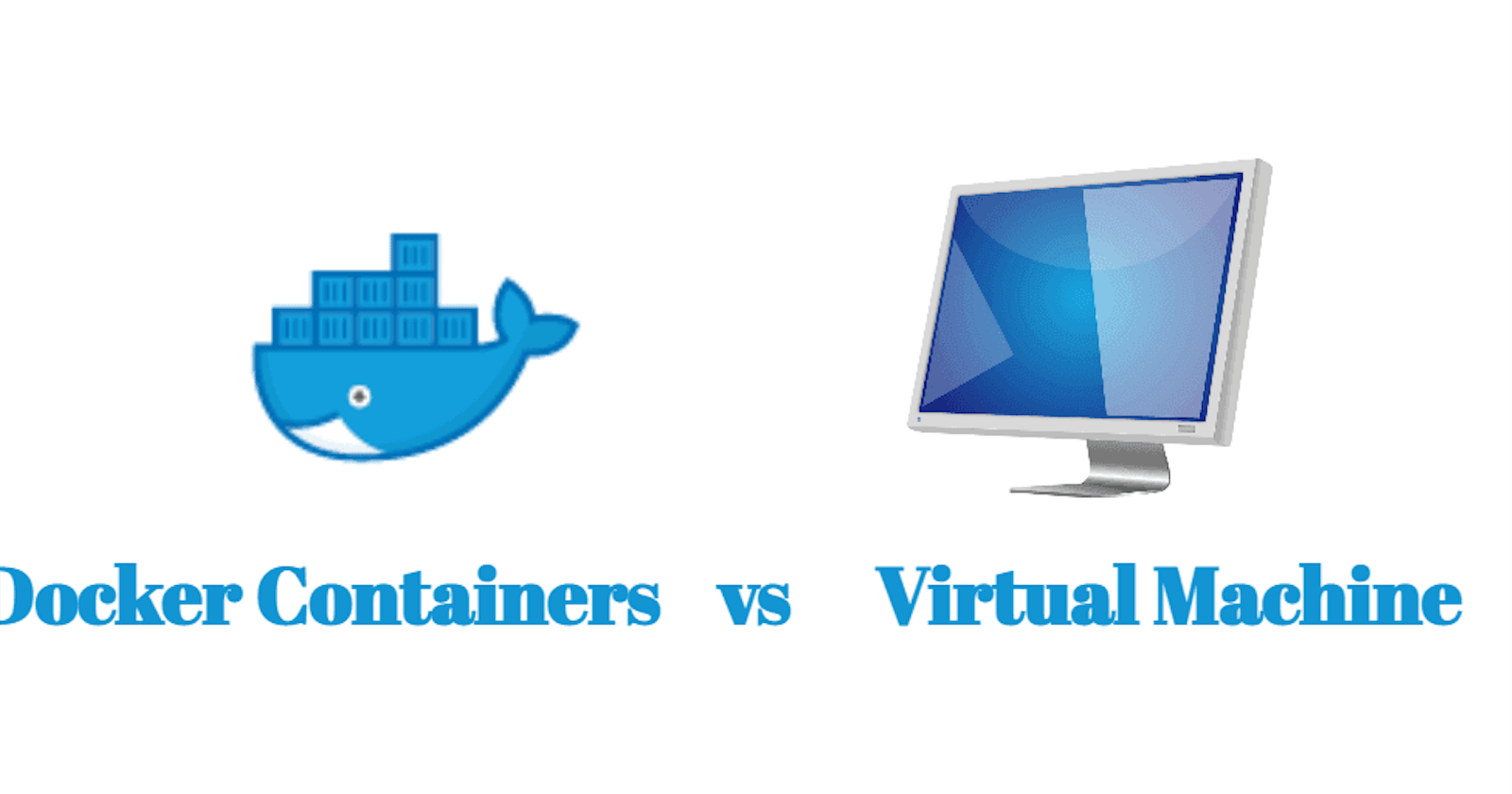Navigating the IT Landscape: Choosing between Containerization and Virtualization
Docker
Docker is an open-source platform that enables developers to automate the deployment, scaling, and management of applications using containerization. It provides a way to package software and its dependencies into standardized units called containers.
Containerization
The process involves encapsulating the necessary libraries and dependencies to run the application into a single cohesive unit called an image. These images will then be used to run containers. The containerization technology enables us to run multiple instances of single or multiple containers on a single host machine, eliminating the need for intermediary software like a hypervisor in virtual machines. Unlike in virtualization wherein the virtual machines are assigned the necessary specs based on the application's requirements by the hypervisor, here the operating system’s feature is used to isolate containers and manage resource allocation allowing them to run consistently and independently.
Virtual machines
The virtual machine is software, also known as a hypervisor or virtualization platform, installed on the host machine. This software creates and manages virtual machines by emulating the hardware components and providing the necessary virtualization capabilities. Virtual machines (VMs) are like virtual computers that imitate the hardware and operating system of a physical machine. Just as you can install different operating systems on separate computers, you can run multiple VMs on a single physical server. Each VM operates independently and can run its applications.
Virtualization
Virtualization involves the creation of virtual instances of physical resources within a system. By introducing a virtualization layer between the operating system and hardware, users are able to run multiple virtual servers or machines, each with their own operating system, on a single physical machine.

Docker vs VM
While both virtual machines and containers can be used to deploy and run applications, they have different architectures and use cases:
Isolation:
. Docker has less isolation since more resources are shared between the containers like the kernel of the host operating system.
. Virtual machines have more isolation when compared to docker since virtual machines don't always rely on the underlying operating system of the host.
Hardware dependency:
. Virtual machines are highly hardware dependent due to the hypervisor layer between the os and the virtual machines since the resource allocation for the virtual machines needs to be configured using specific hardware specifications.
. Docker containers do not rely on hardware emulation, they leverage the host operating system's kernel for any additional resources and hence do not require specific hardware configurations.
Resource allocation:
. In the case of virtual machines (VMs), hardware specifications need to be configured explicitly for resource allocation. The hypervisor, which acts as a virtualization layer, manages the allocation of virtual hardware resources, such as virtual CPUs, memory, storage, and network interfaces, to each VM. These resources are provisioned and configured independently for each VM.
. In the case of docker, the host operating system's kernel manages the allocation of resources, such as CPU, memory, storage, and network, among the running containers. Docker containers share the kernel and resources of the host, but they are isolated from each other and have their own file systems and processes.
Disk space:
. Docker containers are lightweight and are usually megabytes in size.
. Virtual machines consume higher disk space as each virtual machine is heavy and gigabytes in size.
Performance:
. In virtual machines, overhead that is the additional resources and performance costs are incurred by the virtualization layer and the management of the vm's, due to the need for a separate operating system for each virtual machine, an extra burden is placed on the host system. This emulation requires more system resources and results in higher overhead due to the need to run multiple guest operating systems simultaneously.
. Docker containers have a smaller footprint as they don't require a separate guest operating system for each container. Containers can be started and stopped quickly, enabling rapid scalability.
Portability:
. Docker containers are highly portable because they package the application and its dependencies into a single image. This image can be easily deployed on any system running Docker, providing consistency across different environments.
. VMs, while also portable, require additional steps for migrating between different hypervisors or virtualization platforms.
Containers and virtual machines
Well although the debate between docker containers may seem like a battle for the best, when we have large environments with thousands of application containers running on thousands of docker hosts, you will often see containers provisioned on virtual docker hosts, that way we can utilize the advantages of both the technologies.
We can use virtualization to easily commission and decommission docker hosts as required and at the same time, make use of the benefits of docker to easily provision applications quickly and scale them as required.
Use cases
Docker: Docker containers are highly suitable for microservices and cloud-native applications. They offer portability, allowing seamless movement of containers across different environments, from development to production. Docker simplifies the deployment and management of applications at scale, making it a favoured choice for DevOps teams.
Virtual machines: Virtual Machines (VMs) are a good fit for older applications or situations where complete separation between applications is necessary. They enable running different operating systems on a single physical machine, which is helpful for testing and development purposes. VMs also allow hosting multiple applications on the same hardware, making better use of available resources.
Conclusion:
As technology continues to evolve, the decision between Docker containers and virtual machines becomes a reflection of our individual aspirations and the specific requirements of our applications. Docker empowers agility and seamless deployment, while virtual machines offer isolation and stability. By understanding the nuances of both options, We can use the technology that best suits our needs.
